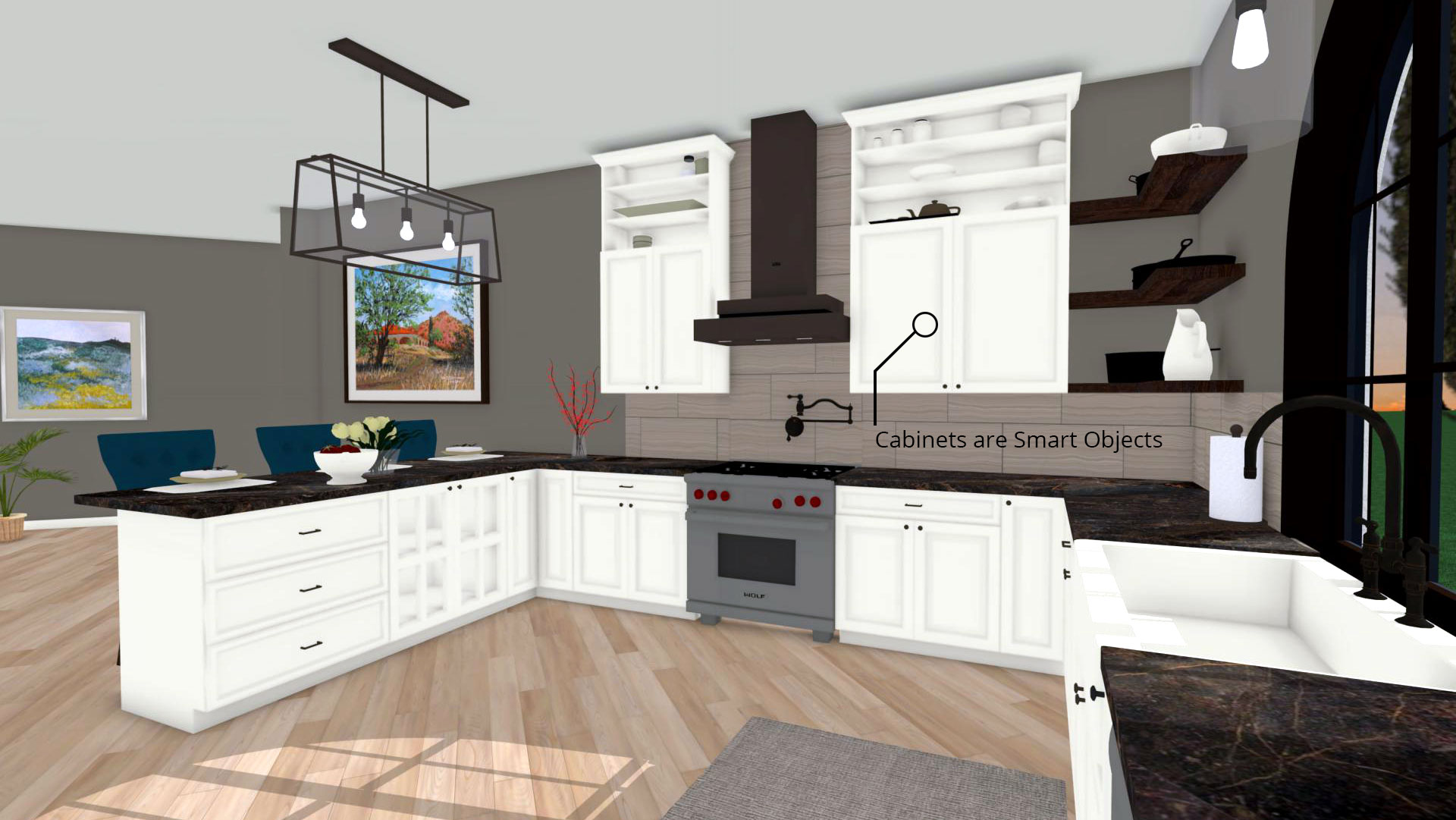
with the end result that you're unhappy when the floor tile cracks and rot sets in to the subfloor only a few years later. Or, of course, you can do it all the 'old fashioned way,' where the framer just does HIS thing, then the plumber comes along and takes a Sawall to the floor joists. (Some things you just don't want to drill or cut!) Likewise, you can see if the planned plumbing run interferes with the planned duct run.Įlectronic prints also offer you the ease of selecting specific sections, scaling as convenient, and printing out in a form that is very handy to the guy doing the work. Or, conversely, you can see if that planned routing for the air conditioning line set will run you right smack into the main floor joist, the one that's holding up the entire house.

So, there are two big reasons: detail, and ease of modification.Īnother advantage can be being able to super-impose "layers," For example, you can see if that new wall location will already have a floor joist supporting it- or if bridging in needed. (Can't have the toilet and dishwasher drains running into each other!) With appliances mapped out in that detail, you can also see if just maybe you'd be better off making that chase with two separate walls, with the studs placed offset from each other. This is mighty handy if you're trying to decide whether to make that plumbing chase with 2x10's, rather than 2圆's. When you change a measurement and click that mouse- Presto!- the line also moves. With an electronic "print," you can zoom in to see the small details. Why would a few inches matter in planning? Because that will make a big difference if you want to have your kitchen counter line up with the window, as well as use "standard" countertop and cabinet depths. Four inches, in a run of about 25-feet, isn't going to jump out at you on paper. then precise measurements revealed that I still have to move one wall a mere four inches. I need to know, ahead of time, if my new toilet location will mean cutting one floor joist- or two. (Unless, of course, your drafting table is as big as your house). I want to be able to draw the EXACT dimensions of a room- and no pencil sketch is going to show that 94-3/8" measurement with precision. Such a difference can really affect adding that window- and often suggests a similar difference in the roof truss and floor joist placement. Why? First, because it really matters if there's a stud 13" OC, out of sequence, in a field of 16"OC studs. I need to know, and have a record of, EXACTLY where things are. I need to know where theings are NOW, as well as where they're going to be.


And let's drop the snarky "push a pencil" comments!Ĭase on point: I'm doing (ever so slowly) a complete gut remodel of my house.


 0 kommentar(er)
0 kommentar(er)
